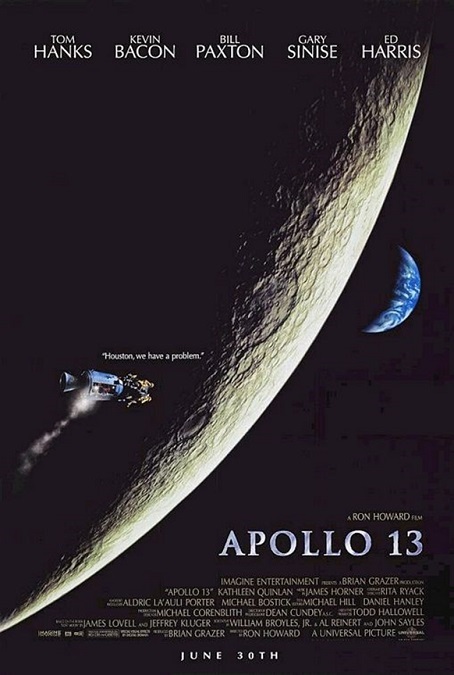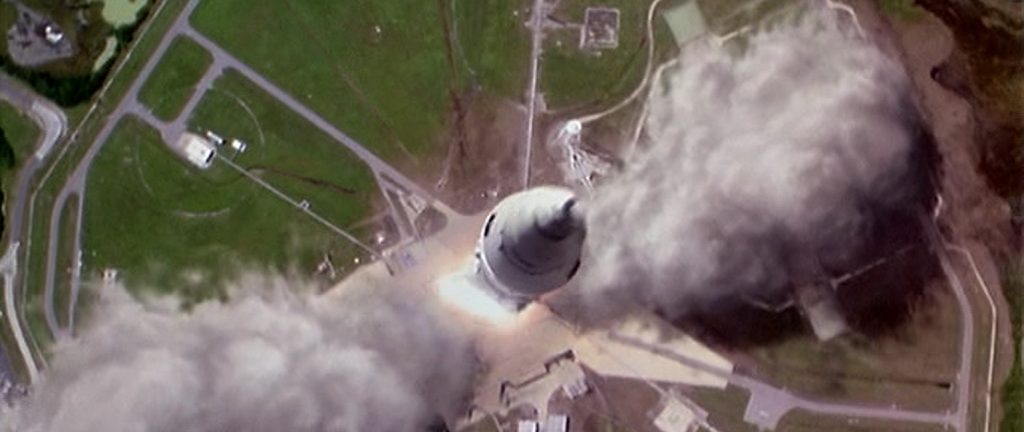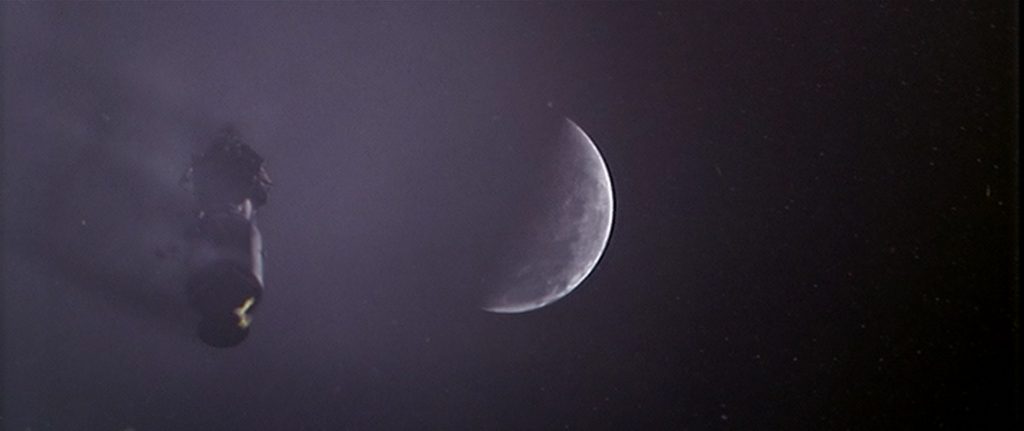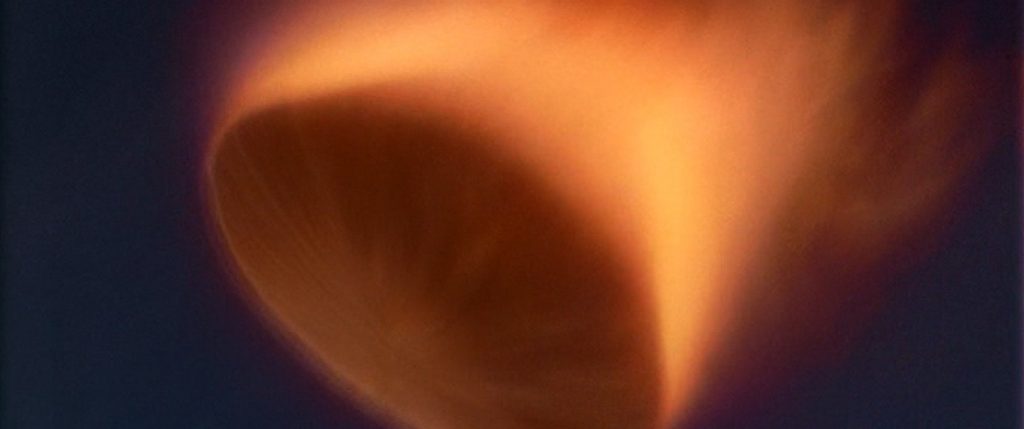



Apollo 13 – 1995

This was a wonderful movie that was robbed of a well-deserved Oscar by a talking pig. This dramatization of the ill-fated Apollo 13 mission was so perfectly executed that Buzz Aldrin thought they had found actual archival footage of events that had taken place in 1970. Per Douglas Baily of the Baltimore Sun, “The second man on the moon unwittingly bestowed the highest praise on special-effects supervisor Rob Legato last month after viewing a preview of “Apollo 13.” Wandering over to director Ron Howard after the screening, Mr. Aldrin had some questions about the footage used in the film, particularly the stunning shots of the Brobdingnagian Saturn V rocket lifting majestically off the pad. Mr. Aldrin had never seen those shots before and wanted to know from what NASA archive the film had been retrieved. ‘He never guessed it was fake,’ says Mr. Legato.”
And it really was spectacular. The launch sequence he was referencing was made using two different models, since building a five hundred-foot life-sized model was out of the question. For the wide-angle shots, a five-foot plastic rocket was constructed. But for the close-up shots, a detailed eighteen-foot model was used and it looked fantastic. I particularly liked the detail of the condensed ice shaking loose and falling around the rocket during the blastoff.
The effect of the astronauts floating in a weightless environment was all completely real. The scenes were filmed in a set that was constructed in a KC-135 airplane, the same craft which is used by NASA to train astronauts for space flight. The plane flies in a parabola which creates twenty-three seconds of weightlessness at its apogee, the top of its arc. To film the fifty-four minutes of necessary footage, the airplane needed to make the flight six hundred twelve times. The plane is nicknamed the vomit comet, and I imagine the actors must have gotten pretty tired of making the trip over and over again to get so little footage for each round.
But the effects were so much more than those amazing things. There were completely computer-generated environments and backdrops that replaced what only recently would have been matte-paintings. There were also some pretty exciting exterior shots of the space crafts during the separation sequences and the explosion that caused all the problems. And the re-entry scene was incredibly realistic. It was all in the details, and Ron Howard wanted everything done right.
Also, the compositing was all done in a computer, greatly improving the quality of the blue-screening technology. For example, Mr. Baily’s article mentions three scenes that might not be recognized as blue-screened composite shots. There was the one in which Jim Lovell is conducting a tour for politicians, another in which the astronauts are riding an elevator up to their place in the space-craft, and another in which a wide shot of the rocket on the launch pad is shown against an amazing sunrise. It just goes to show you how the best effects in a film are the ones that we never even realize are special effects, the ones we see, but don’t notice.